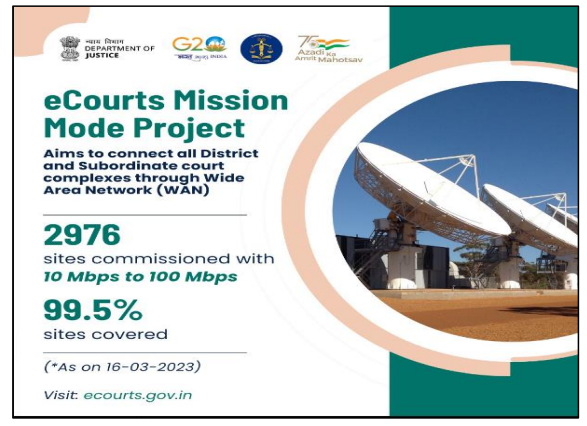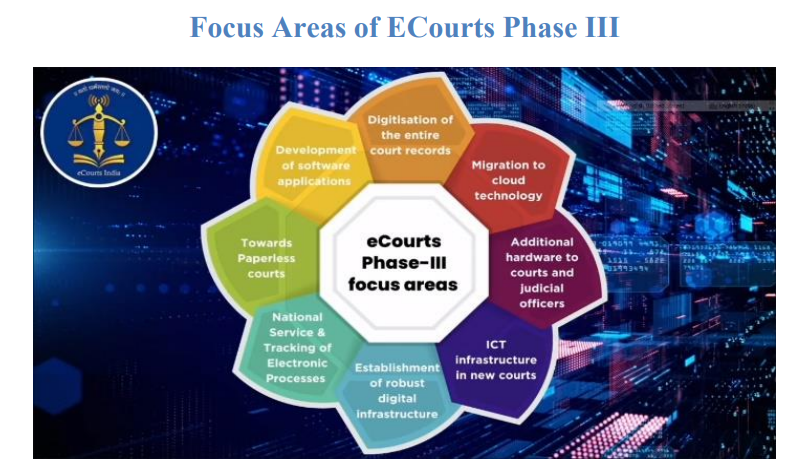13 December 2024 : PIB Summary For UPSC
1. eCOURTS MISSION MODE PROJECT
(Source – https://pib.gov.in/PressReleseDetail.aspx?PRID=2083738®=3&lang=1 )
| Context |
|

Overview of the eCourts Mission Mode Project
- The eCourts Mission Mode Project aims to integrate Information and Communication Technology (ICT) into the Indian judiciary for improved efficiency, transparency, and access to justice.
- It is implemented by the Department of Justice, Government of India, in collaboration with the eCommittee of the Supreme Court, through respective High Courts.
Phase I (2011–2015): Foundation of Computerization
- Budget and Spending: Outlay of ₹935 crore, with ₹639.41 crore utilized.
- Key Achievements:
- Computerization of 14,249 District and Subordinate courts.
- Installation of LAN in courts and provision of hardware/software.
- Distribution of laptops to judicial officers and training of officers in UBUNTU-Linux.
- Operationalization of video conferencing between 493 court complexes and 347 jails.
Phase II (2015–2023): Enhanced ICT Enablement
- Budget and Spending: Outlay of ₹1,670 crore, with ₹1,668.43 crore utilized.
- Major Initiatives:
- Connectivity to 99.5% of court complexes with high-speed WAN.
- Launch of the National Judicial Data Grid (NJDG) for case and judgment information.
- Development of Case Information Software (CIS) and platforms for real-time updates.
- Use of video conferencing for 3.38 crore hearings in courts.
- Launch of e-filing (version 3.0), virtual courts in 21 states/UTs, and ePayment systems.
- Establishment of 1,394 eSewa Kendras for citizens’ access to e-court services.
Phase III (2023–2027): Digital Transformation
- Budget and Vision: Approved outlay of ₹7,210 crore.
- Proposed Initiatives:
- Creation of digital and paperless courts and digitization of all court records.
- Expansion of video conferencing to jails and hospitals.
- Adoption of emerging technologies like AI for case analysis and forecasting.
- Saturation of court complexes with eSewa Kendras and establishment of cloud-based data repositories.

Significance
- The project aims to make justice accessible, cost-effective, and efficient, heralding a digital revolution in India’s judicial system.
| Practice Question: Discuss the significance of the eCourts Mission Mode Project in enhancing judicial efficiency and accessibility in India. Highlight the key challenges in implementation. (150 Words /10 marks) |






